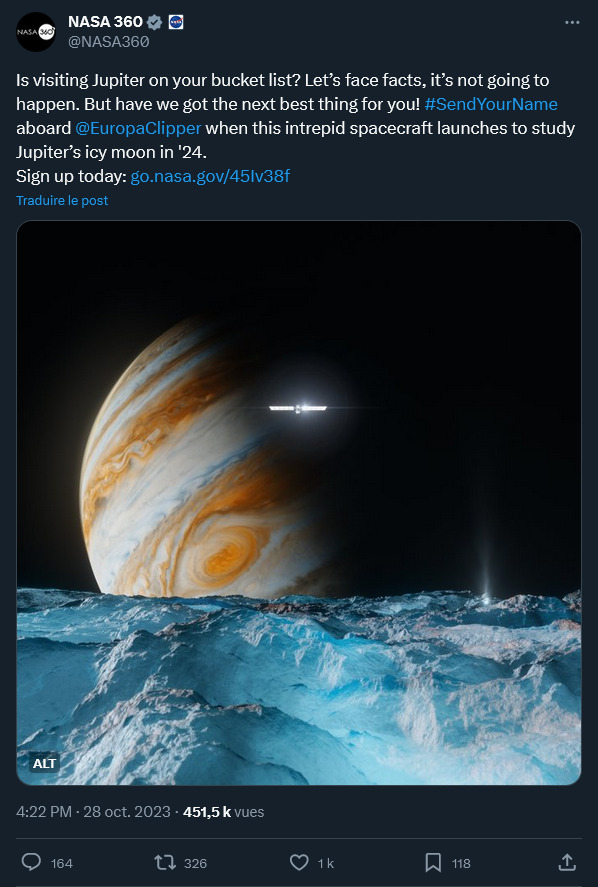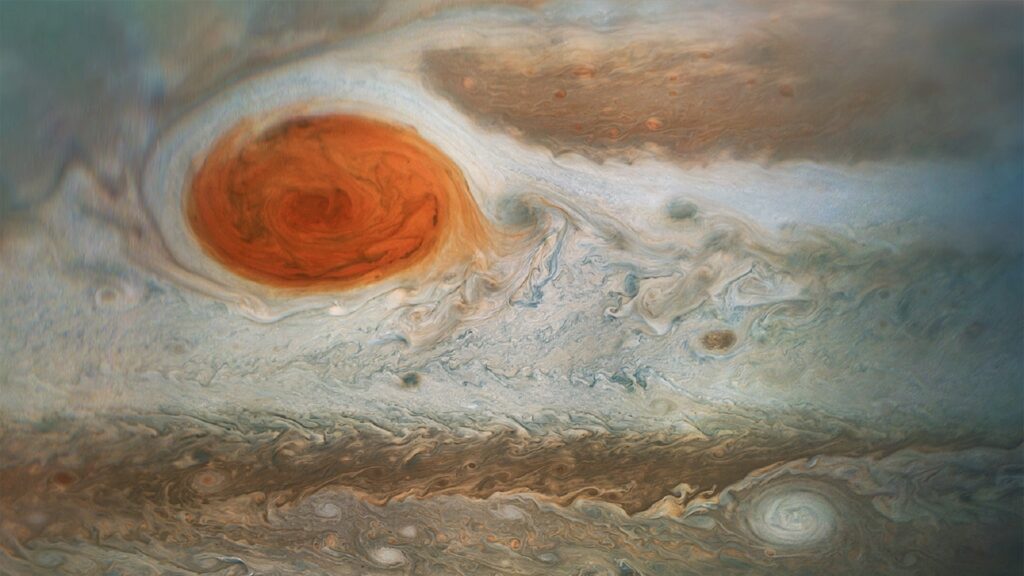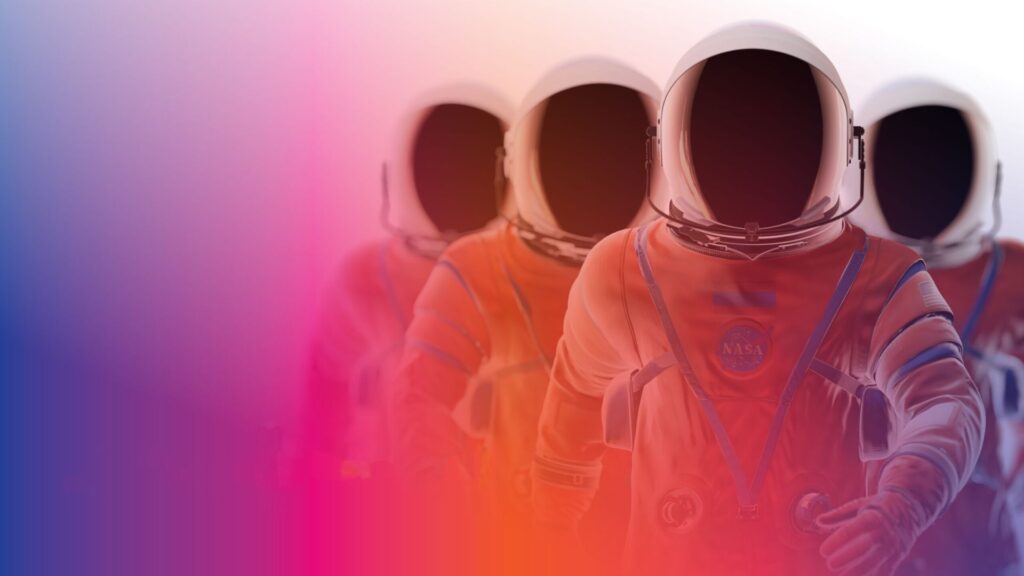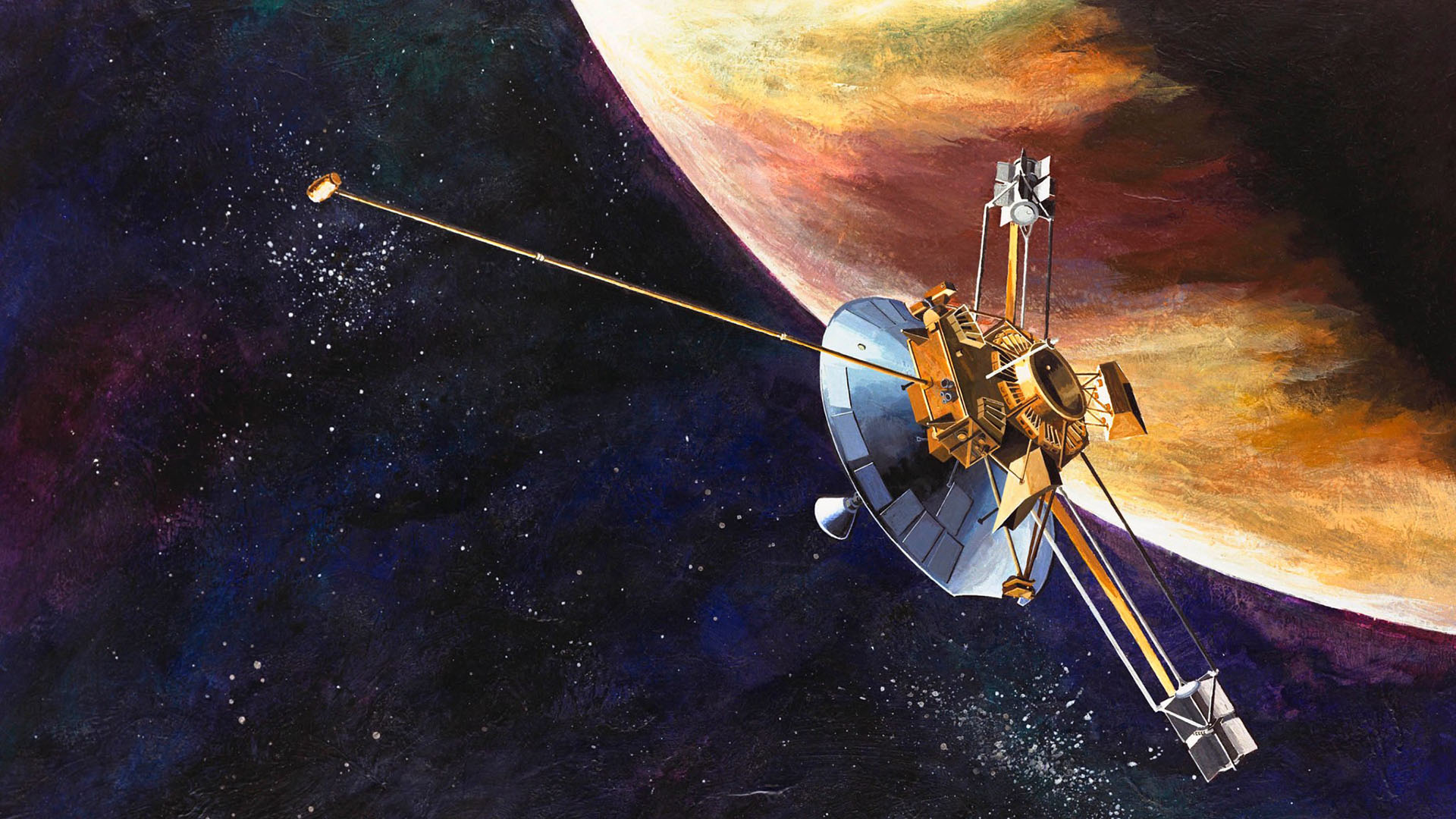Will a manned mission to Jupiter take place in our lifetime? We can ask ourselves the question, since humanity has neither visited Mars nor even colonized the Moon, although it is very close. NASA wanted to emphasize this reality, but received a barrage of criticism on social networks. However, the substance of the message is not false.
We often say that space is difficult to access. The history of the conquest of space illustrates this reality well. But, should we always say it, even if it’s true? The question may be surprising, yet it captures the essence of a small controversy that emerged across the Atlantic on October 28, 2023. A benign controversy, which involved NASA.
It all started with a message published on X (formerly Twitter) by the Nasa 360 account, to promote the Europa Clipper mission, which will consist of sending a probe into orbit around Europa, a satellite of Jupiter. Objective: observe whether there are conditions favorable to the emergence of life. After its departure in 2024, it will take six years for the observatory to reach its destination.

Europa Clipper is not the first unmanned mission to target the Jovian system — the name given to Jupiter and its moons. The area has already been flown over on various occasions (Pioneer, Voyager, Ulysses, Cassini-Huygens and New Horizons). Furthermore, there have been dedicated missions, such as Galileo and Juno. Coming soon, there will also be JUICE — this mission left this year.
But there hasn’t been any human exploration and it’s certainly not going to happen any time soon. This is whathas indicated NASA 360 in its message: “ Is visiting Jupiter on your bucket list? We have to face the facts, this is not going to happen any time soon.. » Instead, Internet users were invited to register their name so that it could travel with the probe.
The publication received some attention on social networks, but not necessarily that hoped for by the community manager in charge of running the account. Internet users have criticized the agency for having a defeatist discourse on human ambitions in terms of space exploration. Others have found that one cannot do worse to destroy vocations.
“ Is visiting Jupiter on your bucket list? We have to face the facts, this is not going to happen any time soon.. »
NASA
“ It’s un-American “, said a user in response. Another confirmed that we are definitely not going to go there with “ this attitude “. “ Speak for yourself », Launched a third speaker. “ NASA is really here to tell children to stop dreaming », Launched a fourth individual. The other reactions are generally of the same ilk.
Interventions that convinced NASA to qualify his remarkstwo days after his initial message, to calm things down: “ Hey, guys, we were wrong. We want to be clear: we’re always reaching for the stars (and the planets and the moons), and we want what we do to inspire you to do the same. Never stop dreaming ! »


It may not be impossible, but it will be very difficult
An apology this time better received. The essence of the agency’s message, however, was not so false: the prospect of a human visit to Jupiter is really on an extremely distant horizon. Perhaps there will be a manned mission in the Jovian system, but we can wonder, for example, about the chances of it taking place during this century.
First there is a concrete reality: today, no human has set foot on a planet. The only achievement that humanity can claim is the visit to the Moon, in the 60s and 70s. This, even though the satellite is “only” 380,000 km from Earth. However, after the last mission in 1972, no further flights took place (we will have to wait for Artemis in 2024).
Certainly, humanity should return to lunar soil during the 2020s, after a half-century of interruption. Mars, which is a planet quite close to Earth and whose profile is quite close to the blue planet, is even further away, at an average distance of 225 million km. Jupiter’s distance is even more pronounced, with a gap of 628 million km.


To get an idea of the flight time, the Juno probe took almost 5 years to reach Jupiter (including 2 spent in a transfer orbit, after leaving Earth). The New Horizons probe took significantly less time, since its journey was completed in 13 months. In comparison, the Artemis manned missions to the Moon will be counted in days and weeks.
Certainly, NASA is considering a manned mission to Mars – like other space agencies, and has been for decades. Today, we are talking about a timetable which would lead a crew near or on the red planet towards the end of the 2030s, or in 2040. This outline of the schedule is, however, only very provisional and uncertain.
Huge challenges to overcome
Thinking about a mission to Jupiter requires the resolution of immense challenges: food for the crew, occupation on board, mental health to last that long, physical health in the face of cosmic radiation, independent medical management, communication with the Earth, the necessary for vehicle maintenance and a thousand other challenges of the same order.
Here again, a reminder for comparison: Valeri Poliakov is the man who holds the record for the longest manned space flight, with just over 437 days. However, this only corresponds to a manned mission of one year and two months. That would barely cover the duration of the outbound flight of a mission capable of going as fast as New Horizons. And we’re only talking about the outbound flight here. We will have to come back.


There is certainly work within space agencies to think about human flights in deep space. Experiments around (very) long stays in space have also been designed and implemented. Technical progress is also a factor on which it is possible to focus on shortening flight time and improving independent life in space.
However, NASA was not fundamentally wrong to point out that space is an extremely difficult environment and that certain achievements, if they take place, will not occur in our lifetime. If it is not a question of breaking children’s dreams, there is also a reality with which we must deal. It is not an insult to the younger generation to point this out.
Especially since there is “visiting Jupiter” and visit Jupiter.
Flying over the gas giant is something that we can say, it enters the realm of probability. Entering the planet to visit its center or core is more of a fantasy. The interior is unlivable, with pressure and temperature so extreme that a spacecraft that dared to dive inside would inevitably be destroyed.
If you liked this article, you will like the following: don’t miss them by subscribing to Numerama on Google News.
